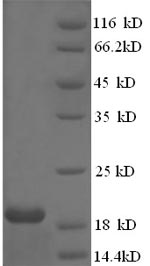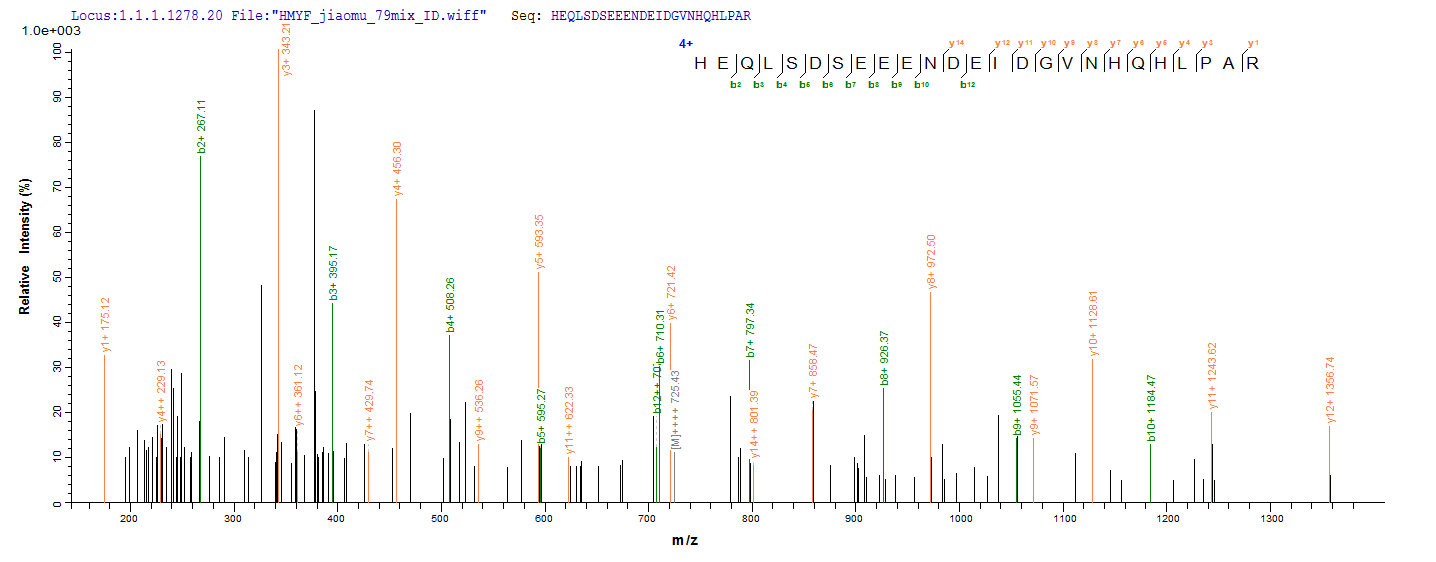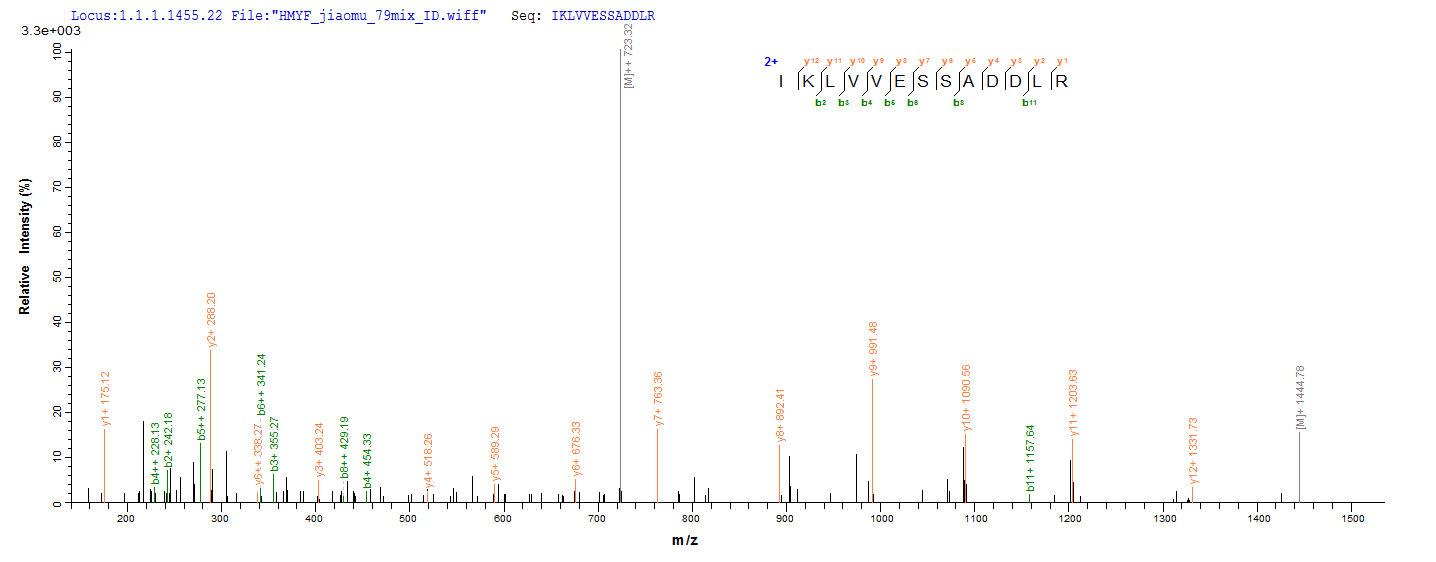The recombinant human papillomavirus type 18 E7 protein is a fusion protein consists of the human papillomavirus type 18 E7 protein (1-105aa) partnered with the N-terminal 6xHis tag. It was produced in the E.coli. This recombinant human papillomavirus type 18 E7 protein's urity is greater than 90% determined by SDS-PAGE. After electrophoresis, there is a 19 kDa protein band presented on the gel.
E7 proteins encoded by the cancer-associated alpha human papillomaviruses have potent transforming activities, which together with E6, are necessary but not sufficient to render their host squamous epithelial cell tumorigenic. HPV E7 proteins consist of approximately 100 amino acid residues. There are no cellular proteins that share extensive sequence similarities to E7. E7 proteins play a central role in the human papillomavirus life cycle, reprogramming the cellular environment to be conducive to viral replication. Some researches noted that the oncogenic activities of the high-risk alpha HPV E7 proteins represent functions related to the viral life cycle and/or arise as a consequence of a specific replication strategy that these viruses have adopted to establish a long-term persistent infection and/or produce viral progeny.








